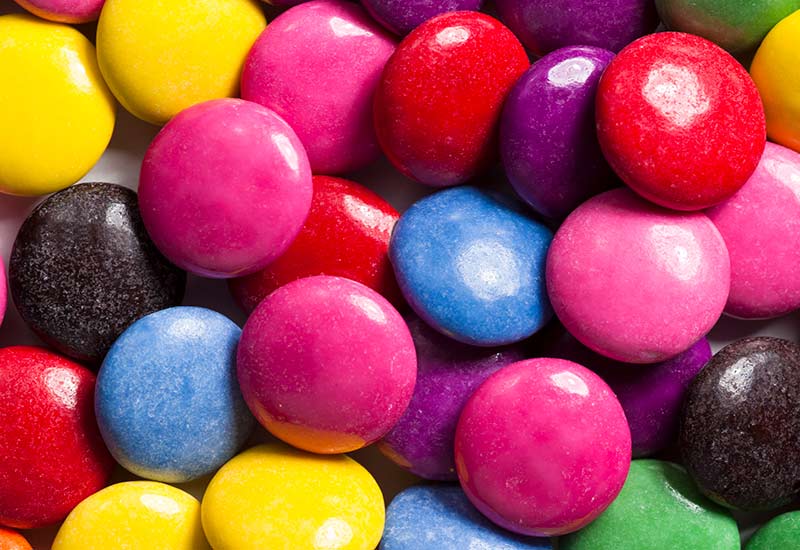When we think of wax, scented candles and floor polish might come to mind. But did you know wax also has a significant role in the food and confectionery industries? Surprisingly, many waxes are not only edible but also vital in preserving, enhancing, and packaging food products. Let us explore the fascinating ways wax is used in the food world.
What is Edible Wax?
Edible waxes are specific types of waxes certified as safe for human consumption. Unlike the wax in your candle, food-grade wax is derived from natural sources or refined to meet stringent safety standards. Nature itself provides a hint at the utility of wax: fruits like apples and plums naturally have a waxy layer to help them retain moisture and stay fresh longer.
Some commonly used food-grade waxes include:
- Carnauba Wax (E903): Derived from the leaves of the carnauba palm, this wax is prized for its hardness and glossy finish.
- Candelilla Wax (E902): Extracted from the candelilla shrub, it’s often used in food coatings.
- Beeswax (E901): A natural product from bees, widely used in food and confectionery applications.
- Microcrystalline and Paraffin Waxes (E905): Refined petroleum-based waxes certified for specific food applications.

Wax in the Food Industry
Wax serves various purposes in food production, from preservation to aesthetic enhancement. Here are some key applications:
1. Fruit Coating
One of the most common uses of wax is coating fruits. After being harvested, fruits are thoroughly washed, stripping away their natural waxy layer. To replace this and extend their shelf life, a thin layer of edible wax is applied. This coating not only improves the fruit’s appearance by adding shine but also helps retain moisture, keeping fruits like avocados, bananas, melons, and grapes fresh for longer.
2. Cheese Coating
Wax has been used to coat cheese for over a century, with colours like red and orange historically associated with Gouda and Edam. Cheese wax serves as a protective barrier against mould, helps retain moisture, and enhances the visual appeal of the cheese. Modern cheese wax is easy to peel, as seen in products like Babybel. While food-grade, cheese wax is considered part of the packaging and is not meant to be eaten.
3. Chocolate
Wax plays a dual role in chocolate—both as a coating and as an ingredient. Coatings made of wax add a glossy finish and help prevent chocolate from melting quickly. In some cases, waxes like carnauba are even mixed directly into chocolate to enhance its texture and stability. This practice is more common in the US than in Europe, but it is a clever way to maintain chocolate’s appeal in warmer conditions.
4. Confectionery Coatings
Chewing gum, candies, and gummy bears often owe their shiny, smooth coatings to wax. Carnauba wax is frequently used to create the crunch you feel when biting into the gum. Similarly, candelilla and beeswax are employed in various confections to enhance texture and add a protective layer.
Wax in Food Packaging
Beyond direct applications in food, wax is also integral to food packaging. Wax-coated paper and parchment are commonly used for waterproofing, especially in cheese packaging. More recently, wax has become a key component in reusable, sustainable cotton food wraps, offering an eco-friendly alternative to cling film.
The Versatility of Food-Grade Waxes
In addition to the uses above, food-grade waxes also serve as:
- Glazing agents for pastries and candies.
- Release agents to prevent sticking during production.
- Stabilisers and texturisers in chewing gum bases.
- Carriers for food additives like flavours and colours.
- Emulsifiers and thickeners in various recipes.
Wax may not be the first thing that comes to mind when you think of food, but its contributions to preservation, aesthetics, and sustainability are undeniable. From glossy apples to perfectly coated cheese, wax plays a quiet yet essential role in the food and confectionery industries.
British Wax is proud to manufacture and distribute a wide range of food-grade waxes for various applications. If you are working on a project involving food-grade wax, do not hesitate to contact us for expert advice and high-quality products.
